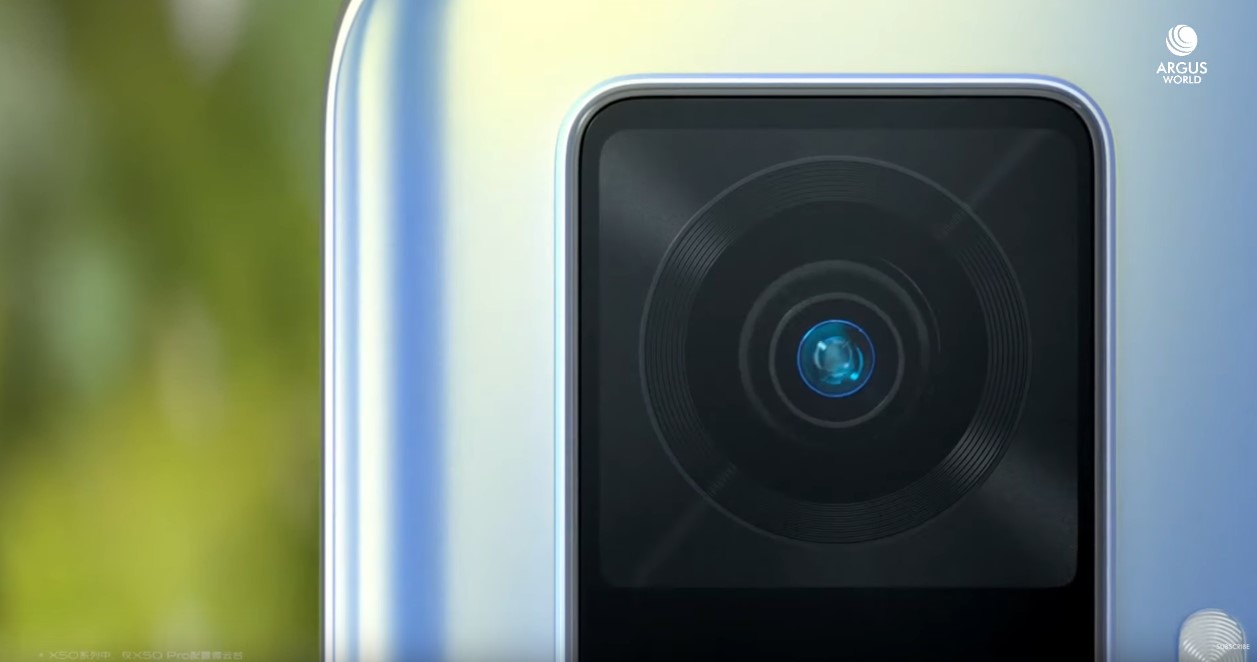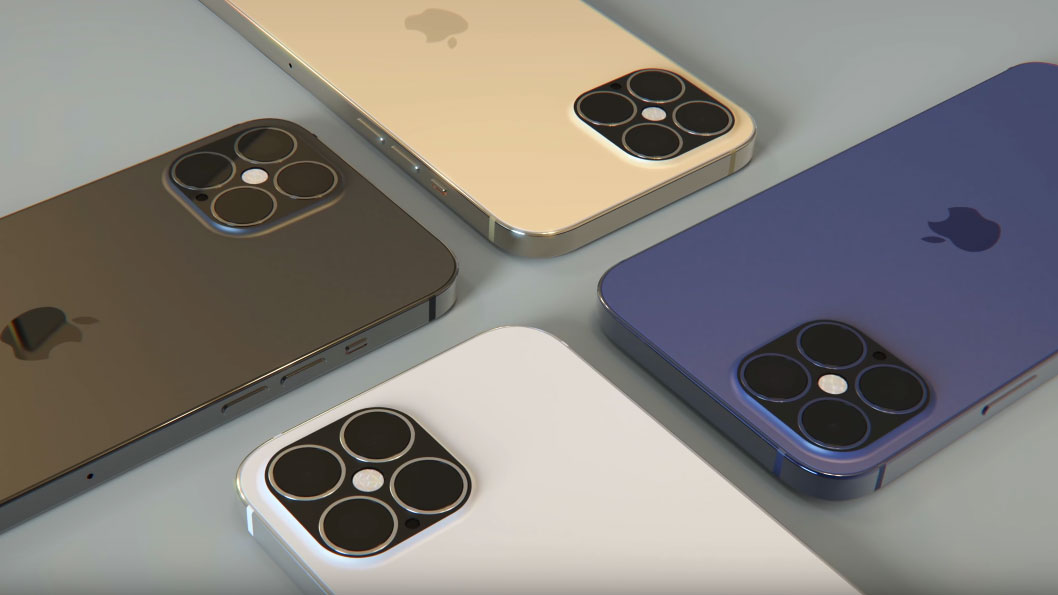Samsung Galaxy Note 20 and iPhone 12 cameras shown up by a new challenger
The Vivo X50 Pro's miniature gimbal-like camera could put iPhone 12 and Samsung Note 20 on notice


Samsung Galaxy Note 20 and iPhone 12 are both set to carry seriously heavy duty cameras. Although the Note 20 won't quite have the S20 Ultra's enormous 100x Space Zoom functionality, it is said to come with a very impressive 108MP sensor.
The iPhone 12 Pro Max, meanwhile, is set to improve upon the iPhone 11 Pro Max's triple-lens camera system, which we called "the best camera on a phone" in 2019. However, a new challenger has entered the game with a piece of camera technology neither of 2020's top flagships have thought to include.
- Just in: Developer says PlayStation 5 is almost TOO fast
- More iPhone news: All four iPhone 12 models revealed in latest leak
- Best cheap phones
The Vivo X50 Pro, the top-end phone in the Chinese smartphone producer's new X50 range, will contain an in-built micro gimbal mechanism.
Gimbals, a pivoted hand-cam support that allows the camera or smartphone to remain on a single axis, used to be the domain of the entertainment industry. However, personal gimbals have become increasingly popular with content creators and vloggers in recent years.
As phone cameras get better and better, gimbals are often used to steady shots and perform long video takes. The Vivo X50 Pro marks the first time an in-built gimbal has been added to a smartphone.
This ensures you can move the handset around and change the axis, but the camera (positioned on a ball-bearing, inside a magnetic frame) will remain steady. Check out the video below, a Chinese commercial emphasising the X50 Pro's Gimbal-like stabilisation abilities.

impressive, right? The rise of high-quality phone cameras has lead to a lot of very shaky footage. Plenty of phones offer digital stabilisation abilities to steady footage in post, but the X50 Pro has gone one step further, making the phone a must for content creators.
Get all the latest news, reviews, deals and buying guides on gorgeous tech, home and active products from the T3 experts
The quality of the rear cameras aren't to be sniffed at, either, Vivo X50 Pro is uisng a 48MP main camera with a 13MP and two 8MP supporting lenses. Its bigger sibling the X50 pro Plus comes with a 50MP main lens, with 32MP and two 13MP supporting lenses.

The iPhone 12's camera system may be good, but how is the stabilisation?
It's easy to see how the Galaxy Note 20 and the iPhone 12 could benefit: as the phones increasingly try and outdo each other on sheer power alone, the gimbal technology could be seen as gimmicky. However, as cameras are frequently voted the most important factor in a phone user's purchase, stabilisation technology will become a way for top-tier camera phones to stand out from the pack.
Incorporating gimbal tech into the handsets is a great way for handsets to attract keen content producers. This would be especially true for the Note 20: with its focus on a large work surface thanks to its "phablet" nature and redesigned S Pen, the Note 20 could really benefit from vlogs being shot, edited and uploaded on the fly via 5G.
Available in China from this month, the Vivo X50 Pro is packing a Qualcomm Snapdragon 765G processor, while the X50 Pro Plus has a Qualcomm Snapdragon 865: the same chip used by the Samsung Galaxy S20 series of phones.
Liked this?

Matt Evans now works for T3.com sister brand TechRadar, covering all things relating to fitness and wellness. He came to T3.com as staff writer before moving on, and was previously on Men's Health, and slightly counterintuitively, a website devoted to the consumption of Scotch whiskey. In his free time, he could often be found with his nose in a book until he discovered the Kindle.









